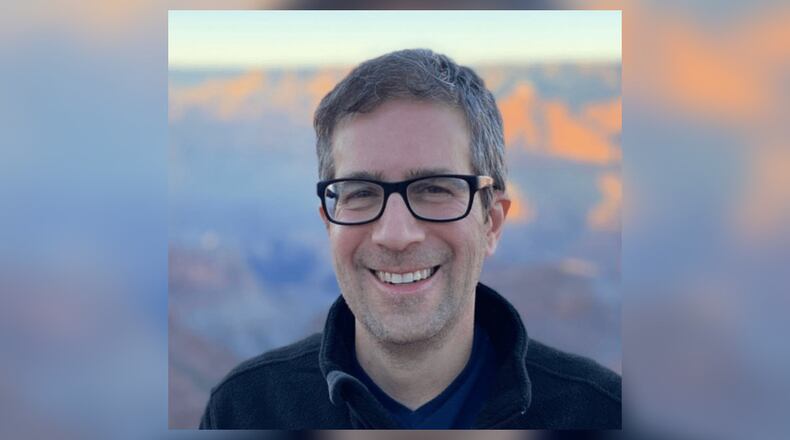“Wittenberg is positioned perfectly in the path of totality as it hosts WittClipse 2024,” according to the university. “WittClipse is the brainchild of a committee comprised of experts in astronomy, meteorology, climate change, physics and more, who have joined together to present a series of activities and events to make this phenomenon.”
Professor Emeritus of Physics Dan Fleisch, who specializes in electromagnetics and space physics including astronomy, will lead several conversations as the eclipse gets closer.
This includes the kickoff, astronomy presentation event with nationally known astronomer, educator, author, public speaker, TV/radio presenter, and podcaster Dean Regas at 7 p.m. on Saturday, March 2, in Bayley Auditorium, inside the Barbara Deer Kuss Science Center. The event is free, for all ages and open to the public.
After the presentation, there will be a sky tour and telescopic observing at Weaver Observatory (skies permitting).
“Regas brings the complicated universe down to earth,” the university stated. “(His) presentation will provide a great introduction for the presentations Fleisch has planned for the weeks leading up to the eclipse.”
The topics and astronomical presentations will include:
- March 10 — Galaxies
- March 17 — Stars
- March 24 — Planets
- March 31 — Cathedrals as Solar Observatories
- April 6-7 — Total Solar Eclipse Viewing Tips and Safety
Fleisch is also developing a scaled model of the solar system, which will be installed on campus and at select locations in the surrounding community in March. The models will include 15 planetary information stations located at the proper distance from the model Sun, which will be represented by a three-foot sphere in the Edwards-Maurer Field that’s part of the Health, Wellness & Athletics Complex.
“Each planetary information station will include a large placard with information about the planet or asteroid at that location, along with an accurately scaled model of that planet.,” Fleisch said. “The stations for the Sun, Mercury, Venus, Earth/moon, Mars, Jupiter, and several asteroids will be on Wittenberg campus, but Saturn, Uranus, Neptune, and Pluto are so far away from the Sun that they don’t fit on campus.”
Surrounding organizations have also agreed to host stations, such as the Springfield Museum of Art will feature Saturn, the Clark County Public Library will host Uranus, and the Westcott House will house Neptune and Pluto.
Leading up to the event, Fleisch will visit several local and regional schools and service organizations to present information about the Sun, the eclipse and how people can make sure they view the eclipse safely. These include multiple presentations at Horace Mann, the Kiwanis Club, the Dayton Regional STEM School and the University Club.
The day of the solar eclipse, a range of activities are scheduled from 11 a.m. to 4 p.m. at Edwards-Maurer Field, weather permitting, including interactive games and food. The university will have safety glasses available for the campus community.
For more information about eye safety and the eclipse, visit https://eclipse.aas.org/safety.
About the Author

